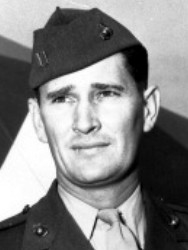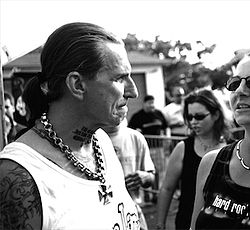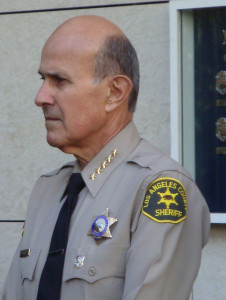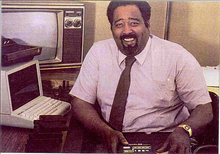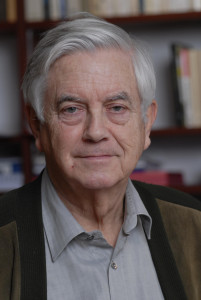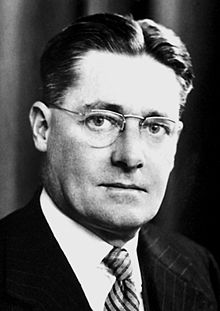Syngman Rhee
Popular As Rhee Syngman
Birth Sign Aries
Birthplace Nungnae-dong, Taegyong-ri, Masan-myon, Pyongsan County, Hwanghae, Korea (today Pongchon County, South Hwanghae, North Korea)
DEATH DATE 1965-7-19, Honolulu, Hawaii, U.S. (90 years old)
Nationality North Korea
#9257 Most Popular



